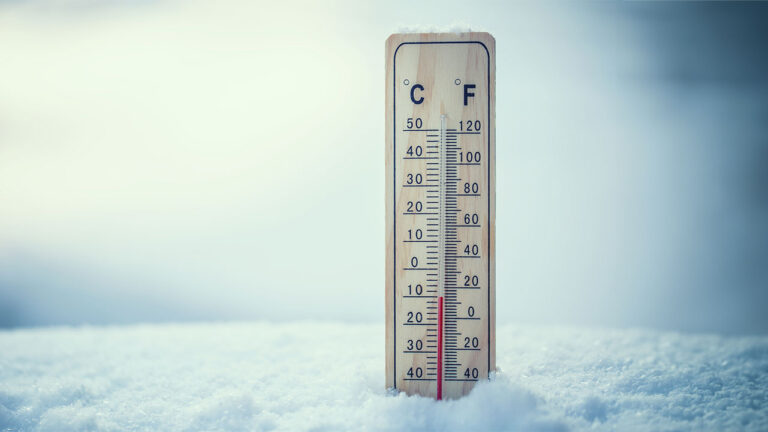Working Safely in Cold Weather

Working in cold conditions isn’t just uncomfortable, it can be dangerous. Winter weather can expose outdoor workers to frostbite, hypothermia, and cold stress, all of which can be fatal. It is important to know the wind chill temperature to better prepare and perform the work safely.
What is the wind chill temperature?
At any temperature, you feel colder as the wind speed increases. The combined effect of cold air and wind speed is expressed simply as the “wind chill” temperature. It is essentially the air temperature that would feel the same on exposed skin as the given combination of air temperature and wind speed. It can be used as a general guideline for deciding clothing requirements and the possible health effects of the cold.
Follow these work practices to stay safe in cold weather:
- Know the symptoms of cold stress: reddening skin, tingling, pain, swelling, leg cramps, numbness, and blisters.
- Dress properly; wear at least three layers of loose-fitting clothing, insulated gloves and boots, and cover your head. Layering provides better insulation, and tight clothing reduces blood circulation.
- Make sure to protect your ears, face, hands and feet in extremely cold weather.
- Monitor your physical condition and that of your coworkers. Monitoring workers who are at risk of cold stress and providing training can also help prevent cold stress illness and injuries.
- Stay dry and pack extra clothes, such as extra socks, gloves, hats, jacket, blankets and a change of clothes; moisture can increase heat loss from the body.
- Take frequent breaks in warm, dry areas. Limit the amount of time outside on extremely cold days.
- Drink warm liquids.
For more safety tips, visit OSHA’s Winter Weather page.

Comments are closed.